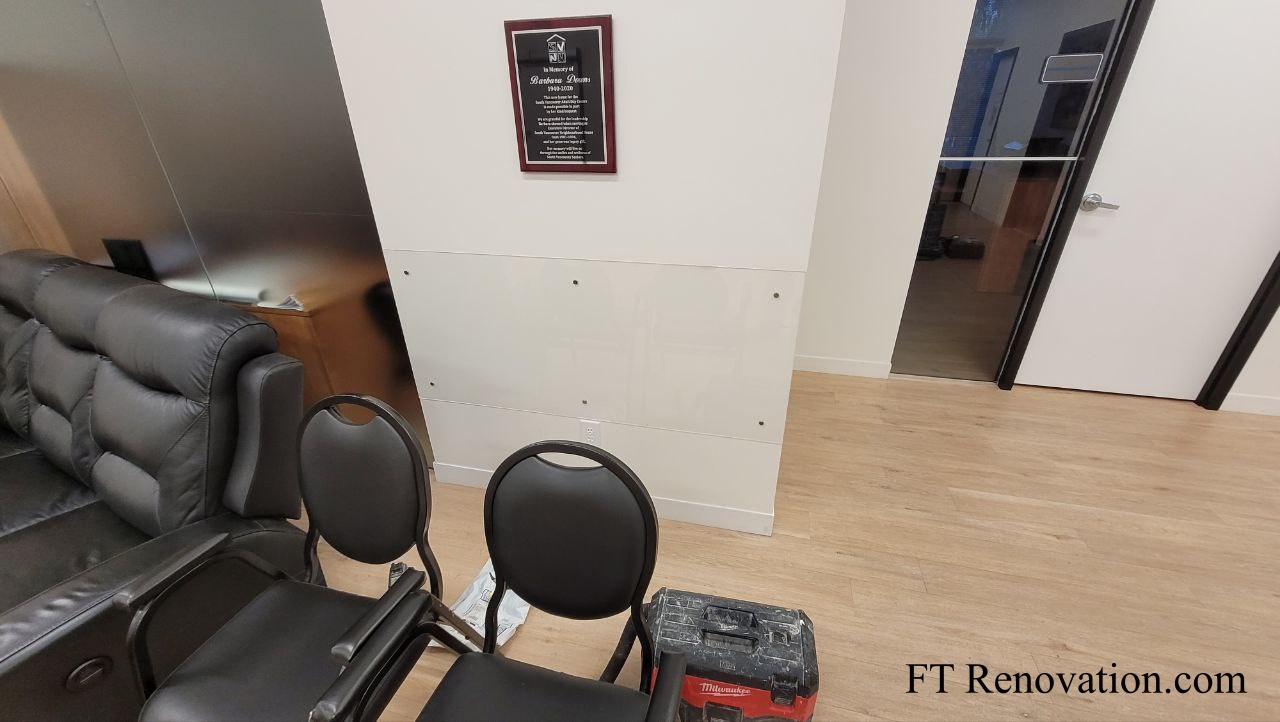Acrylic Panels: A Substitute for Glass in Residential Applications
In recent years, acrylic panels have gained popularity as a substitute for traditional glass in various residential applications. While glass has long been the go-to choice for many homeowners, acrylic panels offer a range of benefits that make them an attractive alternative. In this article, we’ll delve into the pros and cons of using acrylic panels instead of glass in your home.
Pros:
- Lightweight: Acrylic panels are significantly lighter than glass, making them easier to handle and install.
- Shatter-Resistant: Unlike glass, acrylic panels are resistant to shattering and breaking, reducing the risk of injury or damage.
- Impact-Resistant: Acrylic panels can withstand minor impacts without cracking or shattering, making them a great choice for high-traffic areas.
- Energy-Efficient: Acrylic panels have excellent thermal insulation properties, helping to reduce heat transfer and keep your home warmer in the winter and cooler in the summer.
- Cost-Effective: Compared to glass, acrylic panels are often less expensive to purchase and install.
- Design Flexibility: Acrylic panels come in a variety of colors, textures, and finishes, allowing for greater design flexibility and creativity.
Cons:
- Scratches and Marks: While acrylic panels are resistant to shattering, they can scratch or mark easily if not properly maintained.
- Limited Transparency: Compared to glass, acrylic panels may appear slightly hazy or yellowish, which can affect their transparency.
- Not Suitable for High-Temperature Applications: Acrylic panels have a maximum operating temperature of around 150°F (65°C), making them unsuitable for high-temperature applications like near fireplaces or radiators.
- May Yellow Over Time: Acrylic panels can yellow slightly over time due to exposure to UV light, which may affect their appearance.
When to Choose Acrylic Panels:
- High-Traffic Areas: Acrylic panels are ideal for areas that experience high foot traffic, such as entryways or hallways.
- Families with Young Children: The shatter-resistance and impact-resistance of acrylic panels make them a great choice for families with young children who may accidentally knock things over.
- Pet Owners: Acrylic panels are a good option for pet owners, as they can withstand minor scratches or scuffs from furry friends.
When to Choose Glass:
- High-Temperature Applications: If you need a glass solution for high-temperature applications, such as near fireplaces or radiators, glass is still the better choice.
- Optical Clarity: If absolute transparency is crucial, glass may be the better option due to its higher optical clarity.
- Architectural Designs: For complex architectural designs that require precise cuts and installations, glass may be a better fit.
In conclusion, acrylic panels offer a range of benefits that make them an attractive substitute for traditional glass in many residential applications. While they may not be suitable for every situation, they can provide a cost-effective, lightweight, and shatter-resistant solution for many homeowners. When choosing between acrylic panels and glass, consider the specific requirements of your project and the pros and cons outlined above.

